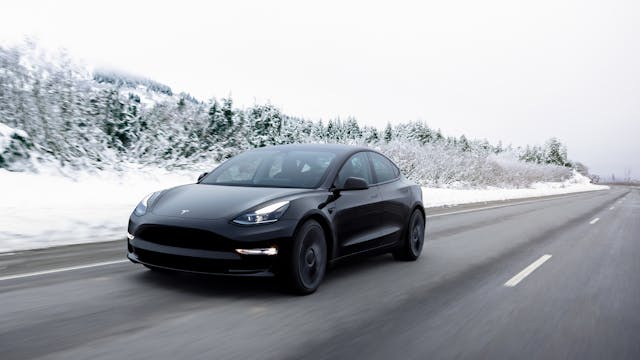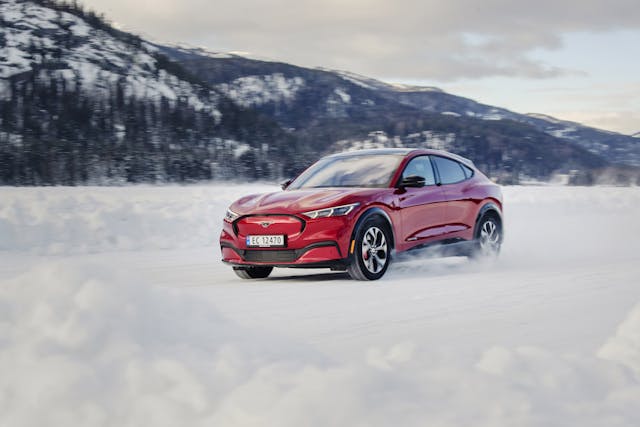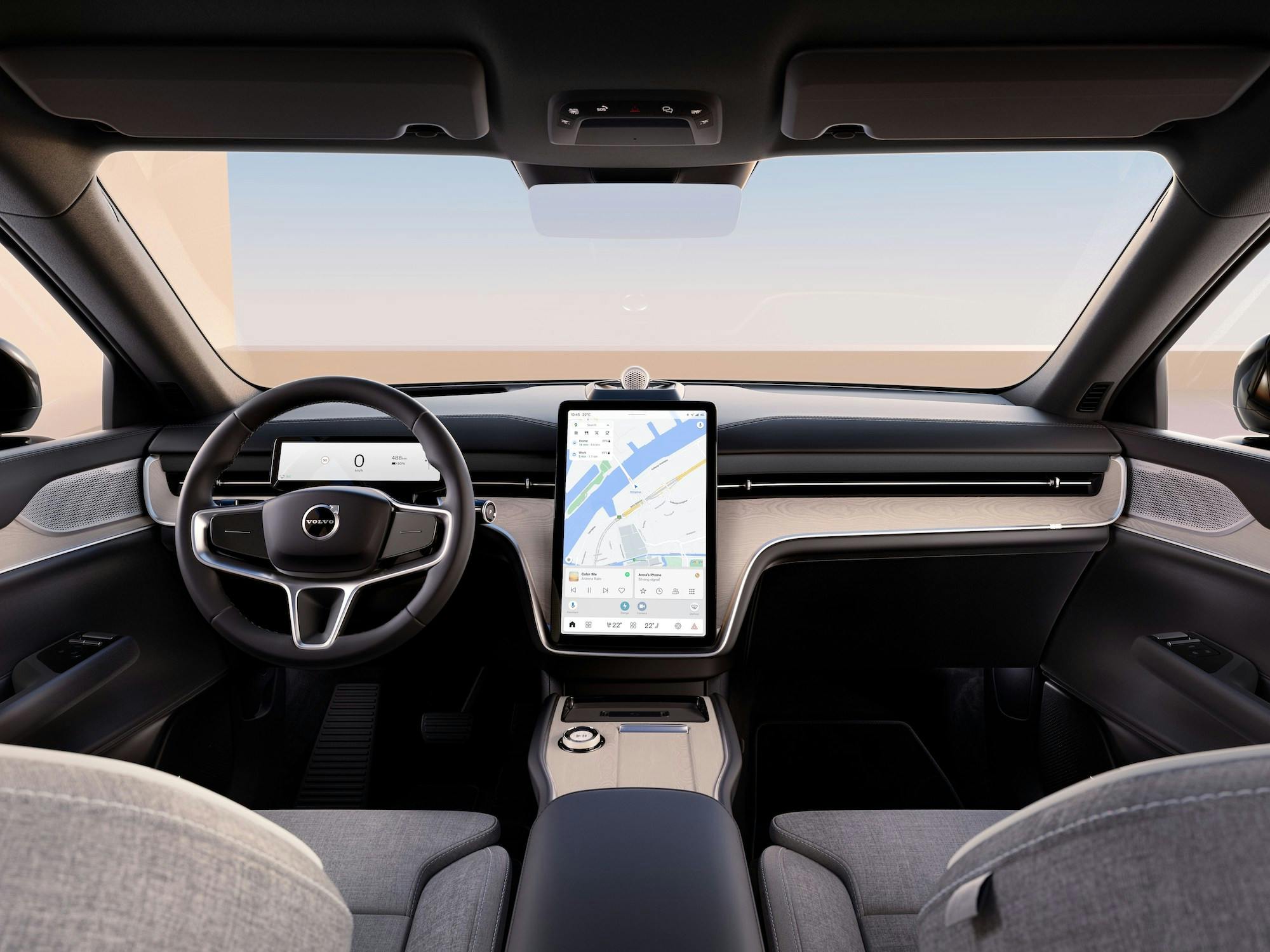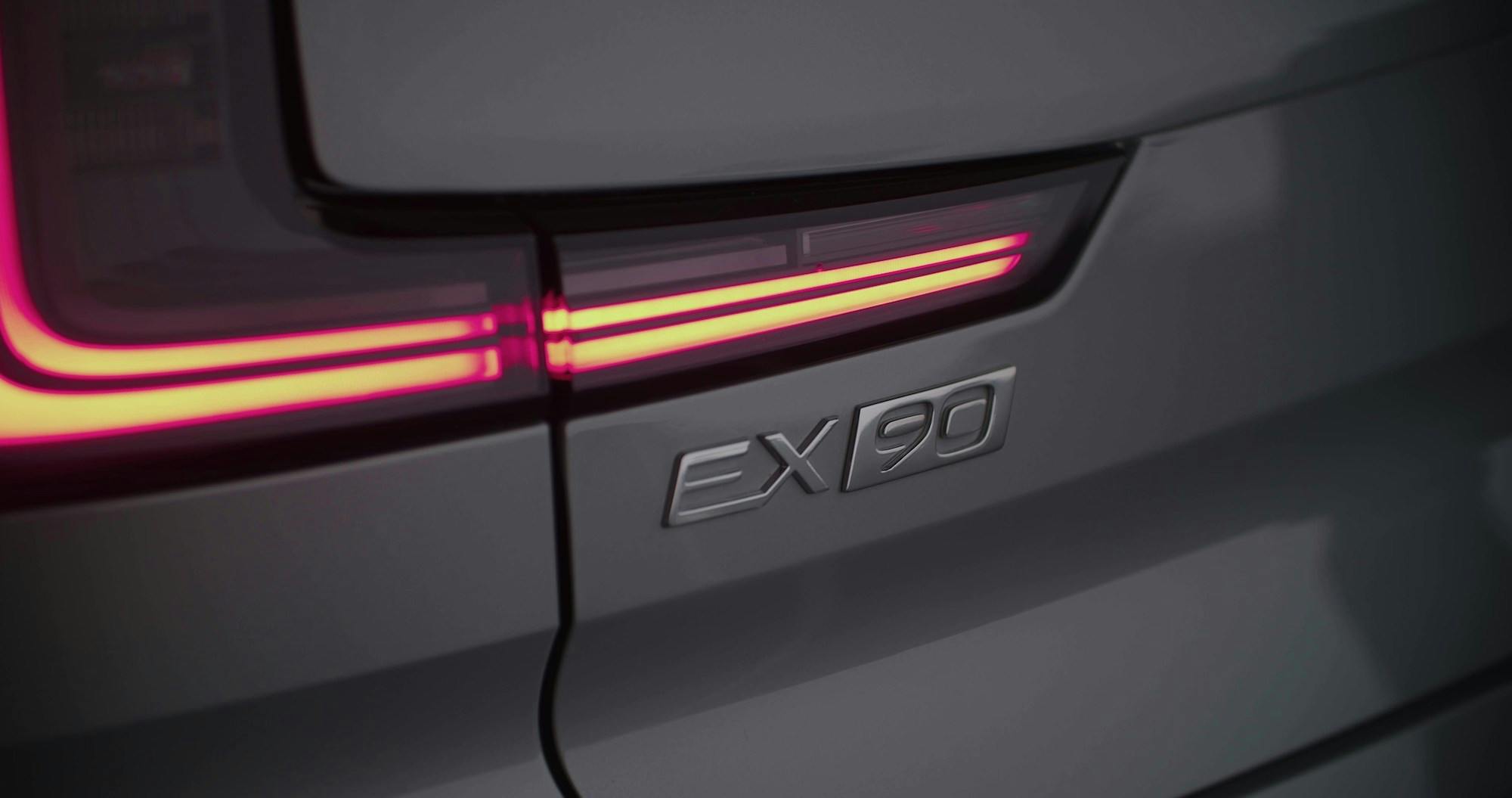Build your own Ford GT, Tesla hit with $2.2 million fine in Korea, Volvo sets EX90 price

Lego launches 1500-piece Ford GT
Intake: Ford may be ending production of its glorious GT supercar at the end of the 2023 model year, but you’ll soon be able to buy a somewhat smaller replica, courtesy of Lego Technic. The 1/12th scale model features a V-6 engine with moving pistons, a functional rear differential, and working steering, plus opening doors, a moveable rear spoiler, and an opening hood. The car comes in blue with white racing stripes, costs $119.99, and will be available on March 1, 2023 on the Lego website. With 1466 pieces to put together Lego reckons this isn’t a project for kids, giving it an 18+ age rating. An accompanying Lego Builder app helps you track the progress of your assembly, and view three-dimensional models to make sure everything is in the right place.
Exhaust: If the Ford GT isn’t to your fancy then Lego Technic is also releasing the Bugatti Bollide and a NASCAR Camaro at the same time, while the Speed Champions range now includes a Nissan R34 GT-R from 2 Fast 2 Furious, with a Ferrari 812 Competizione, Pagani Utopia, Porsche 963 LMDh and McLaren F1 LM all set to follow. That’s the building blocks of a busy 2023 right there. — Nik Berg
IRS releases list of eligible vehicles for tax credit

Intake: The Internal Revenue Service released a preliminary list of vehicles that will be eligible for the Clean Vehicle tax credit of up to $7,500 under Internal Revenue Code Section 30D. If you bought and placed in service a new qualified plug-in electric vehicle or fuel cell vehicle on January 1, 2023, or later and meet certain income limitations, you will likely be eligible. The vehicles must have “undergone final assembly in North America, and not exceed an MSRP of $80,000 for vans, sport utility vehicles and pickup trucks, and $55,000 for other vehicles.” The law eliminates the 200,000-vehicle per manufacturer cap that had made Tesla and GM ineligible for EV tax credits. Check out the preliminary list with 19 manufacturers here.
Exhaust: There are a few issues with this list: The Cadillac Lyriq, whose base price is $59,990, technically doesn’t qualify based on the stipulations above. (The IRS list says the price can’t exceed $55,000, which all Lyriqs do currently.) Expect some clarification on this and other vehicles on the list going forward, and soon. — Steven Cole Smith
Korea levies $2.2 million fine on Tesla

Intake: Based on information from the Korea Free Trade Commission, South Korea’s antitrust regulator said it would impose a 2.85 billion won ($2.2 million) fine on Tesla for failing to tell its customers about the shorter driving range of its electric vehicles in low temperatures, according to Reuters. The KFTC said the “driving ranges of its cars on a single charge, their fuel cost-effectiveness compared to gasoline vehicles as well as the performance of its Superchargers” had been exaggerated.
Exhaust: Electrec.com reports that fine print has been added to Tesla’s advertising there, but not before the $2.2 million fine: “Performance and mileage may vary by model. The displayed drivable distance may vary depending on external factors such as speed, weather conditions and road conditions.” — SCS
Volvo prices EX90 at under $80,000
Intake: Volvo held the North American debut of its EX90 at the Consumer Electronics Show (CES) in Las Vegas today. Saying it represents a “new era of safety,” the EX90 is an electric seven-seat electric SUV that “further raises our standards in safety and a more sustainable lifestyle.” The EX90 will be built in South Carolina starting later this year. Range is targeted at 300 miles for the two motors delivering a maximum of 496 hp and 671 lb-ft of torque.
Exhaust: The 2024 Volvo EX90 is now available for pre-order in the United States online and will be available “well-equipped” at under $80,000. Customers placing pre-orders will be asked to configure their cars later this year and will receive prioritization when deliveries begin in early 2024. — SCS
Norway hits 80 percent electric in vehicles sold

Intake: With just a handful of ICE cars left on Norway’s new car lots, the country now says that 80 percent of new cars sold are electric. “Eight out of 10 people choosing fully electric instead of combustion engines is a considerable step towards Norway reaching its climate goal of 100 percent BEV sales in 2025,” said Christina Bu, Secretary General of the Norwegian Electric Vehicle Association. “Our message to the rest of the world is crystal clear: Now there is no excuse for the internal combustion engines’ unnecessary pollution when the climate crisis is so urgent to solve,” she said in a statement.
Exhaust: Speaking for the rest of the world, we aren’t quite ready to give up on ICE vehicles. — SCS






Christina Bu, Secretary General of the Norwegian Electric Vehicle Association. “Our message to the rest of the world is crystal clear: Now there is no excuse for the internal combustion engines’—- Exhaust: Speaking for the rest of the world, we aren’t quite ready to give up on ICE vehicles. — SCS I second that.
Question: what is Norway’s electricity generating sources ?
Most likely fossil fuel like the rest of the world. It is currently the only cost competitive reliable electricity source.
Spark, Norway gets 91.7 % of its’ electricity from Hydro-power, 7.4% from Wind, 0.48% from Oil, and 0.03% from Coal. Hope this helps.
99% Hydropower
Just curious if Korea’s home market Hyundai or Kia have failed to make the reduced range in cold or hot extremes clearly spelled out either. I rarely see or hear anyone in manufacturing or sales including here in America who mention that fact. It’s like having a gas tank that shrinks or expands depenfing on the weather.
SCS – I’m buying a V8 RWD sedan if I can so ICE will continue undisturbed in my garage.
What incentives for EV (or disincentives for ICE) is Norway offering? Wonder how the cold in Norway is impacting the EVs.
I don’t usually pay much attention to Legos, but that is cool. Might be my first Lego purchase for myself.
I don’t understand what Norway has to do with us.
Is the Tesla fine being distributed to Tesla qwners? How does this help them if it isn’t? Seems pretty petty to me.
Did Tesla guarantee any ranges? I’d expect any statements regarding range to include such CYA words as “typically” or “capable of”.